11 Supply and Demand Imbalances The long-term trend in global food production shows that with the green revolution production of cereals which are a staple food started rising at a much faster rate as compared to the growth in human population which led to a significant improve-. Causes of the 2007-2008 global food crisis identified.
Https Www Jstor Org Stable 40210191
Almost half of the increase in consumption of major food crops in 2006-2007.

Global food crisis 2008 causes. Because we are living in a globalised world these crises have become global crises. The food crisis is a symptom of a food system in crisis. Troubled bond and security markets have increased the money flowing into commodity markets.
Higher fuel prices have increased food production costs. A number of interacting factors including increasing oil prices greater demand for biofuels and trade decisions such as export restrictions all affected world cereal prices. The root cause of the crisis is a global food system that is highly vulnerable to economic and environmental shock.
Modern crises such as the food crisis of the 1970s and the food security crisis of 2007-2008 are not due to food scarcity as there is sufficient food available world wide and adequate means to bring food to eventual deficit areas but they are due to problems of access by a mass of population living in poverty. A recent report has examined the causes of the 20072008 global food crisis. A recent report has examined the causes of the 20072008 global food crisis.
Of all such factors for an emerging fdpd crisis is discussed below. In a major 2010 study the Washington-based International Food Policy Research Institute studied the causes that led to the 2008 food price surge. There are a number of social factors causing food shortages.
The global food crisis that made headlines in 2008 had been simmering for a while. Global Food Crisis 2008 This development has the potential to dramatically increase the numbers of people suffering from hunger and malnutrition. Causes Impacts and Solutions by Adewale Ajani 4 min read December 17 2008 1 comment The current food crisis can be defined as a combination of decline in stocks of primary or staple food produce essentially grains and cereals and escalating prices of food.
Conceptualizing the Linkages 2003 para. It is common to attribute causes to things like overpopulation but that seems to miss the real causes. Social impacts of the food crisis As the prices of food and energy soared to new heights between 2007 and 2008 many countries were confronted with major social and political crises.
The present paper examines some important causes and challenges of the global food crisis from a developmental perspective. 2 Adopted on 16 November 1974 by the World Food Conference endorsed in General Assembly resolution 3348 XXIX of 17 December 1974. Causes of food shortages.
The rise in food prices affecting the poorest the most had a variety of causes mostly man-made. This paper examines the 2008 global food price crisis identifying long- and short-term causes as well as the two factors which distinguish the 2008 food price increases from earlier episodes speculation and diversion of food crops to biofuels. Bad weather high oil prices agrofuels and speculation are only the proximate causes of a deeper systemic problem.
Global Food Crisis. 3 See FAO Trade Reforms and Food Security. This causes problems in food production due to the fact that one of the main indicators of global warming is a change in the weather.
The world is consuming more than it is producing leading to decline in food stock and storage level and increased food prices due to soaring demand a midst low supply ACC 2008. Lessons from the world food crisis of 200608 markets during the crisis41 While transmission is often weak in normal times transmission was stronger during the world food crisis42 Using annual averages in 2008 domestic prices adjusted for inflation in the same sample of countries as used in Figure 5 were on average 28 26 and 26 percent. Technology and whose weather is most greatly effected by climate change will become severely priced out of the global food market.
4 Major Factors Which Could Lead to A Global Food Crisis. For example high energy costs greatly increase the costs of producing fertilizer transporting food and operating farms. A number of interacting factors including increasing oil prices greater demand for biofuels and trade decisions such as export restrictions all affected world cereal prices.
The rate of population increase is higher than increase in food production.
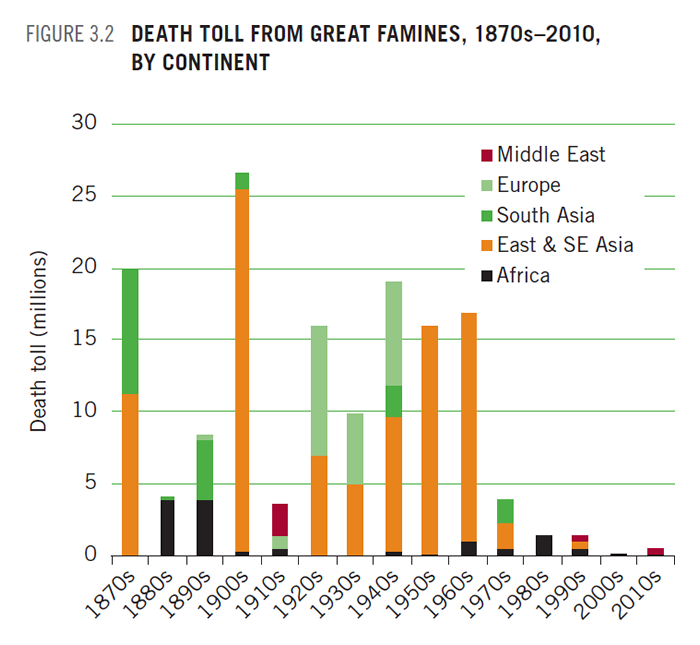
Armed Conflict And The Challenge Of Hunger Is An End In Sight Issues In Focus
Https Www Jstor Org Stable 40278908

The Recovery From The Global Financial Crisis Of 2008 Missing In Action

Un Economic And Social Council

Resilience And Reactivity Of Global Food Security Pnas

About The Concept Of The Global Hunger Index Global Hunger Index Ghi Peer Reviewed Annual Publication Designed To Comprehensively Measure And Track Hunger At The Global Regional And Country Levels

Armed Conflict And The Challenge Of Hunger Is An End In Sight Issues In Focus
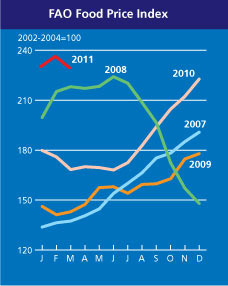
The Unequal Distribution Of Resources The Food Crisis Explained Humanium

Energy And Food Security Linkages Through Price Volatility Sciencedirect
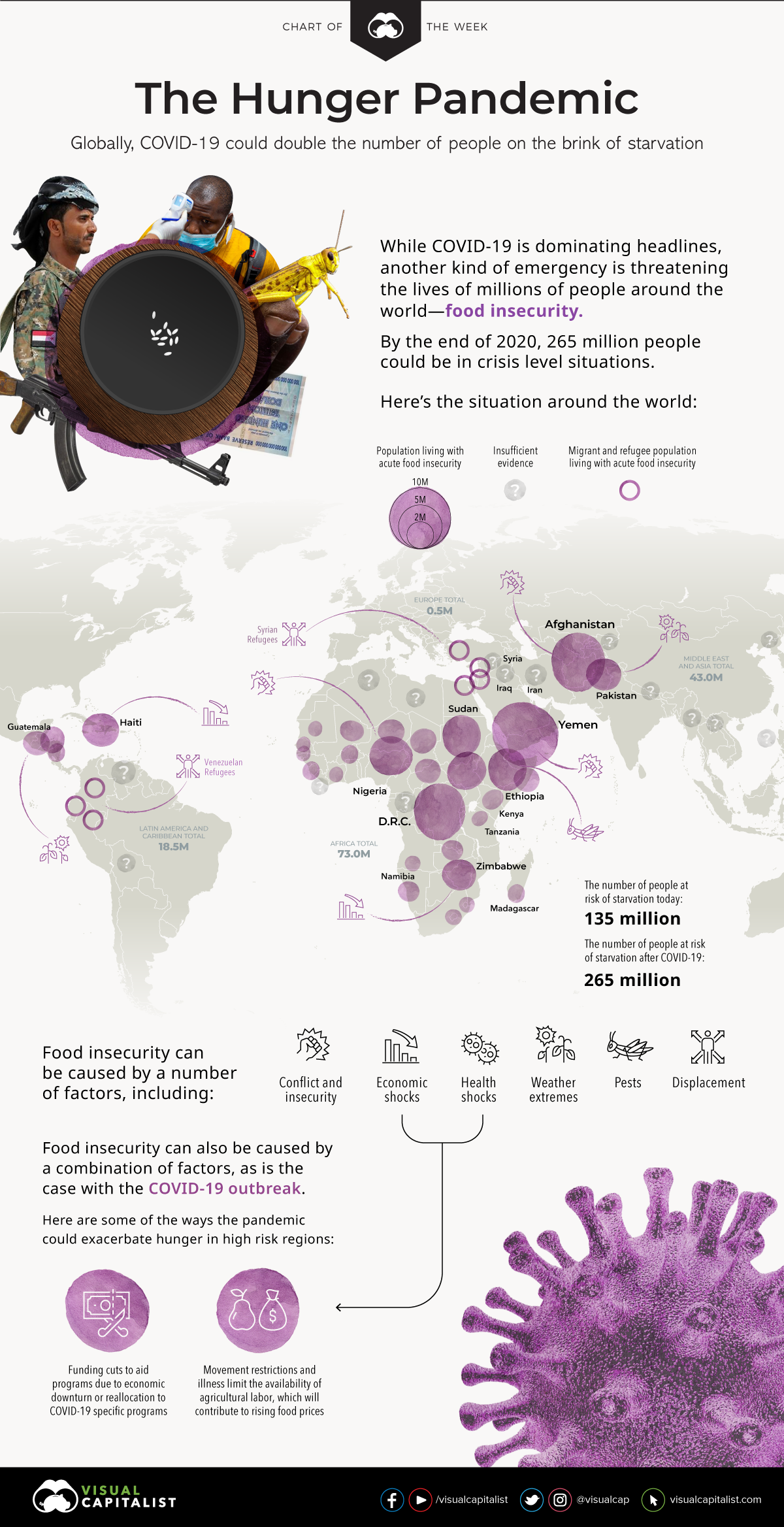
The Hunger Pandemic How Covid 19 Worsens Global Food Insecurity

Famine Trends Dataset Tables And Graphs World Peace Foundation

Global Food Crisis 2008 75th Economic And Social Council

8 Ways To Fix The Global Food Crisis Us News
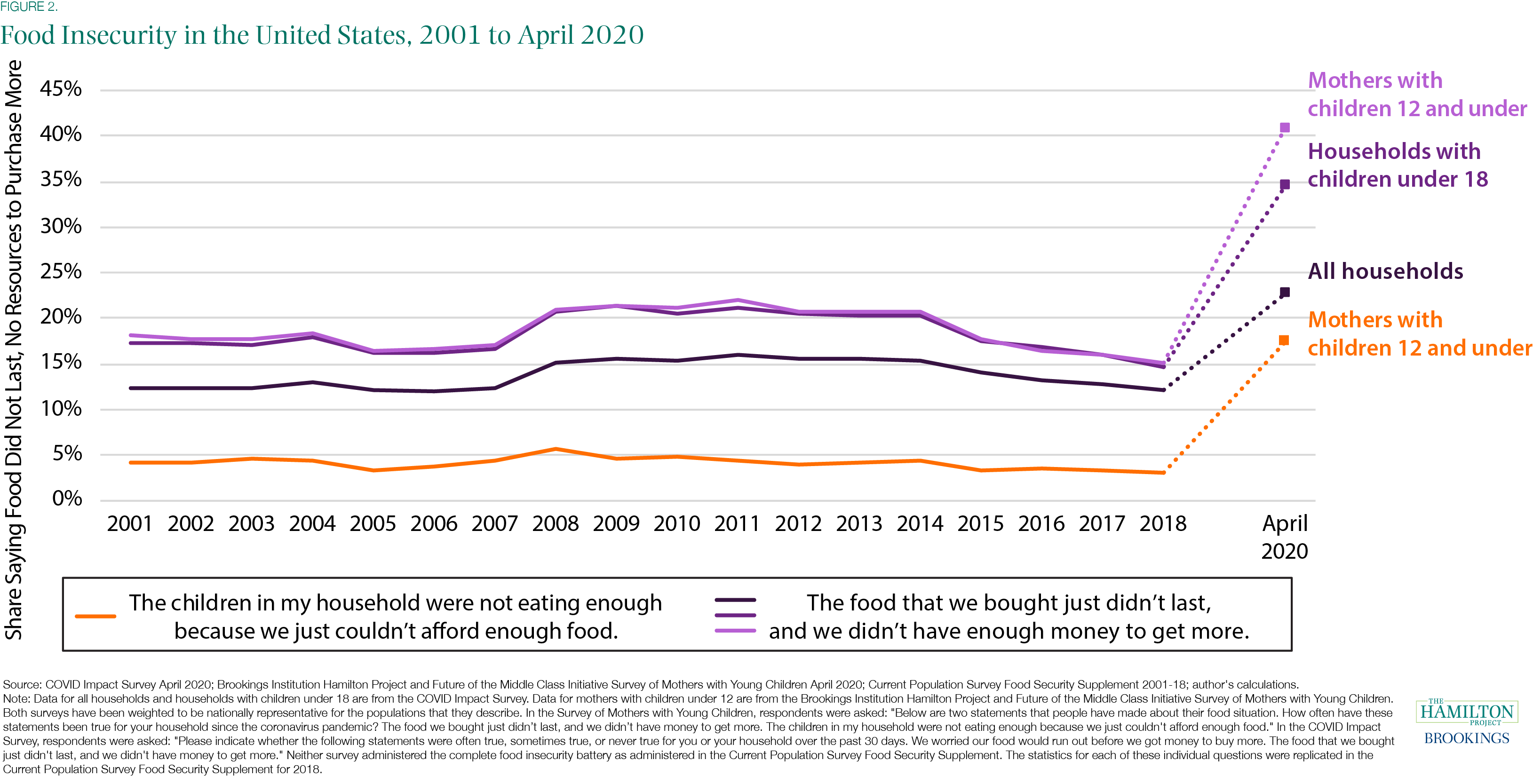
The Covid 19 Crisis Has Already Left Too Many Children Hungry In America

Hunger And Undernutrition In Kenya Welthungerhilfe

A Closer Look At Hunger And Undernutrition In Democratic Republic Of The Congo Country Case Studies
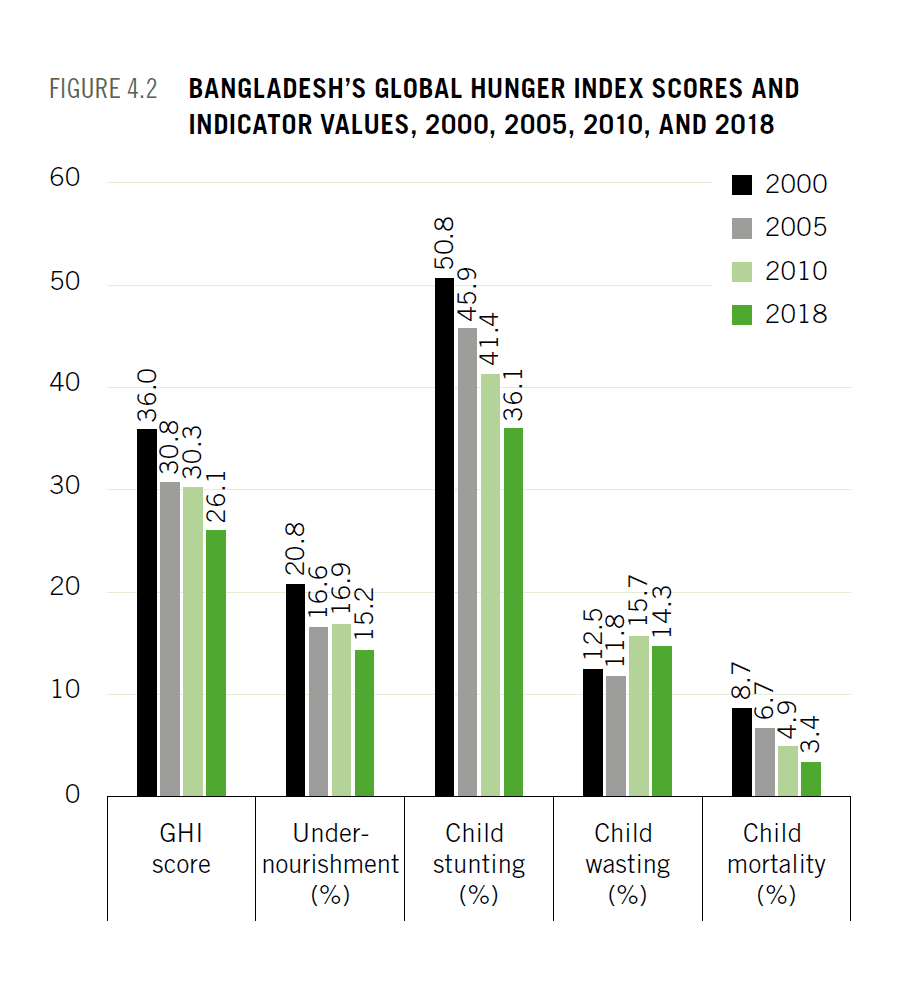
A Closer Look At Hunger And Undernutrition In Bangladesh Country Case Studies
Food Security In Japan Building A Strategy In An Age Of Global Competition Mckinsey

The Recovery From The Global Financial Crisis Of 2008 Missing In Action

